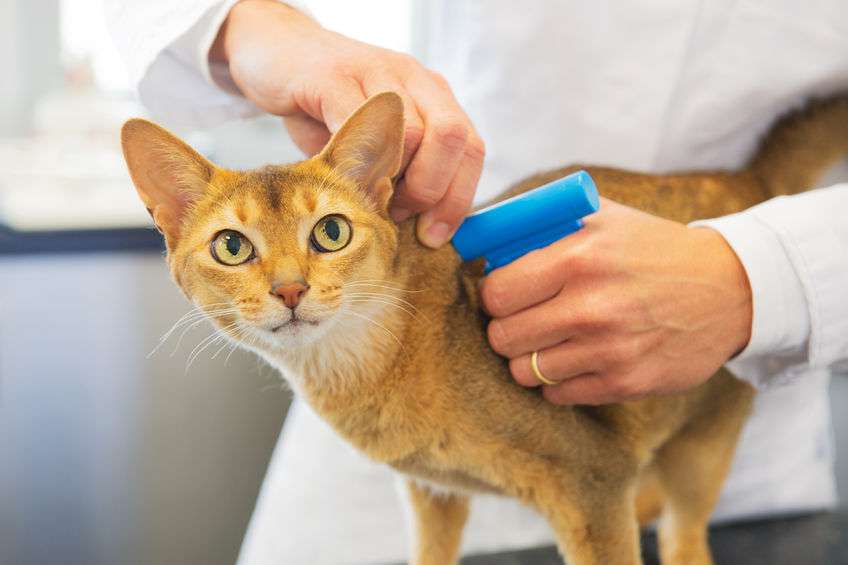One question that we hear quite frequently as vets here at Leesville Animal Hospital, is “should I declaw my cat?” There are varying opinions on this matter depending upon who you ask, but rather than give a biased answer, allow us to provide the facts on declawing cats.
The Facts On Declawing Cats

– Cats create visual and scent identification marks in their territory using their front claws, removing these claws prevents this.
– Kneading is a comforting motion carried out by cats, this is not the same for declawed cats.
– Declawing cats can sometimes lead to complications such as lameness or abscesses.
– Some cats that have their front claws removed experience claw regrowth.
– Joint stiffness results in cats that have been declawed as a result of the tendons that control the claws becoming frozen.
– Declawing causes cats to shift their weight on to their large pads rather than their toes which contributes to the development of arthritis.
– Any non-medically necessary procedure for any animal is discouraged.
– There are a number of potential solutions to cat claws that do not involve removal of the claws themselves.
– Declawing is not just the removal of the cat’s claw, but it also involves removal of a portion of the toe making it quite a significant and painful surgery.
– Declawing cats is illegal in a number of countries including the United Kingdom and Australia.

